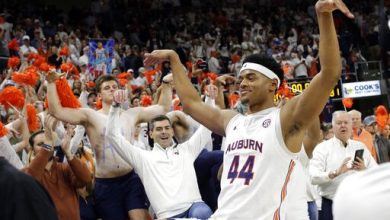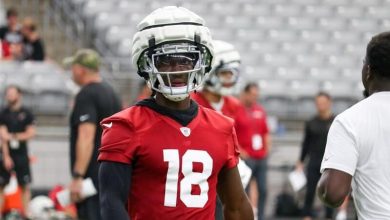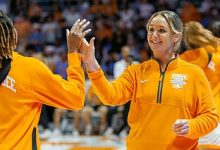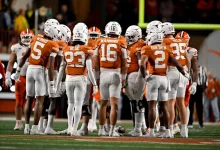What to know about the House vs. NCAA settlement and how it could impact fans.
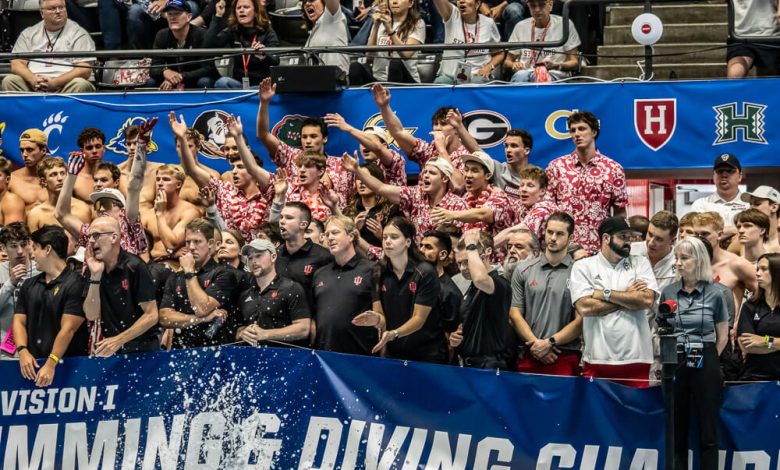
The recent House v. NCAA settlement marks a pivotal moment in college athletics, fundamentally altering the landscape of student-athlete compensation and university financial structures. Approved by a federal judge, this settlement introduces a revenue-sharing model that allows schools to directly compensate athletes, signaling the end of the NCAA’s long-standing amateurism policies. For fans, this development promises both immediate and long-term changes that will reshape their experience and engagement with college sports.
Under the terms of the settlement, Division I schools are permitted to allocate up to 22% of their average annual athletic revenue to student-athletes. This translates to approximately $20 million per year for Power Five institutions, with projections indicating an increase to $32.9 million per school by the 2034–35 academic year. This compensation is in addition to existing scholarships, NIL (Name, Image, and Likeness) deals, and healthcare benefits .
The settlement also mandates the payment of nearly $2.8 billion in back damages to former athletes who were previously denied compensation for the use of their NILs and athletic performance. This restitution is expected to average $91,000 per football and men’s basketball player, with amounts varying for other sports .
For fans, the most immediate impact may be financial. To fund these new compensation models, many universities are considering increasing fees associated with game-day experiences. For instance, the University of Tennessee has implemented a 10% “talent fee” on all football tickets, including single-game and season tickets, as well as student tickets . While these fees are intended to support athlete compensation, they represent an additional financial burden on fans who already contribute through ticket purchases, merchandise, and other expenditures.
Moreover, athletic departments are exploring alternative revenue streams, such as corporate sponsorships and naming rights, to offset costs. However, the success of these initiatives will vary by institution, and the reliance on fan contributions may persist .
The introduction of revenue-sharing is expected to exacerbate disparities between Power Five schools and their Group of Five counterparts. Institutions with larger athletic budgets, like Ohio State, will have more resources to attract and retain top talent, potentially widening the gap in competitive balance .
Additionally, the settlement has implications for conference realignment. Schools may seek affiliations with conferences that offer more favorable revenue-sharing arrangements, influencing future conference compositions and rivalries .
While the settlement primarily benefits football and men’s basketball players, other sports may face challenges. Athletic departments might prioritize funding for revenue-generating sports, potentially leading to reduced resources for non-revenue sports. This shift could affect scholarships, facilities, and overall support for athletes in these programs .
The settlement raises questions regarding Title IX compliance, which mandates gender equity in college athletics. The direct compensation model could lead to disparities if not carefully managed. Universities will need to ensure that payments are equitable across genders to avoid legal challenges and maintain compliance with federal regulations .
Looking ahead, the House v. NCAA settlement sets the stage for a more professionalized college sports environment. Athletes will have greater financial incentives, which may influence recruitment, retention, and overall performance. For fans, this could translate to higher-quality play and increased media coverage.
However, the shift also necessitates careful consideration of the broader implications. Universities must balance the financial demands of compensating athletes with their commitment to academic integrity and the holistic development of student-athletes. Moreover, fans will need to navigate potential increases in costs associated with attending games and supporting their teams.
The House v. NCAA settlement represents a transformative change in college athletics, with far-reaching effects on athletes, institutions, and fans alike. As the landscape continues to evolve, stakeholders will need to adapt to ensure that the integrity and spirit of college sports are preserved while embracing the new economic realities.



